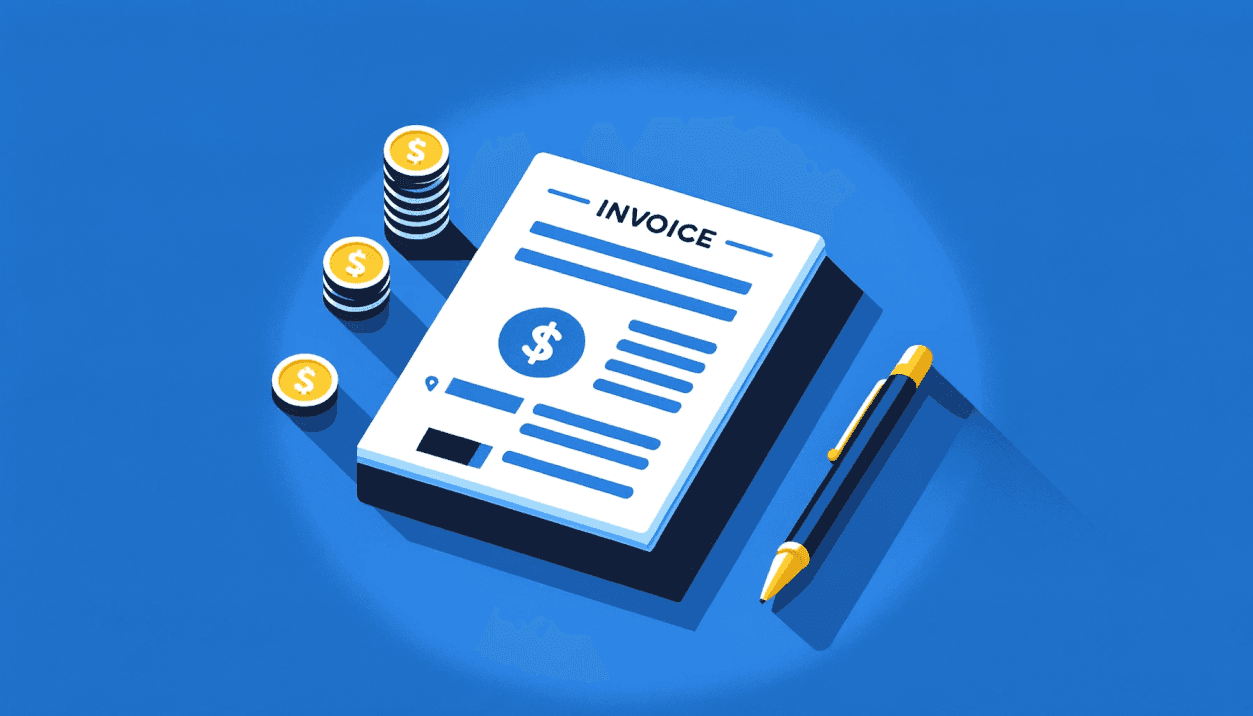SME 101
min read
Written by
Team Aura
Published on
February 26, 2024
Invoices 101: A comprehensive guide for SME owners in the UAE
Invoices are one of the most important documents for any SME, and a well-crafted invoice can make the difference between timely payments and delays. In this guide, we'll delve into the fundamentals of creating, sending, and getting paid for an invoice.
Essential elements of an invoice
Your invoice is more than a mere request for payment; it's a reflection of your professionalism and attention to detail. Ensure your invoices include:
Company details: Clearly state your company's name, address, and contact information for easy identification.
Invoice number: Assign a unique identifier to each invoice to simplify tracking and referencing.
Issue date: Specify the date when the invoice is created to establish a clear timeline.
Itemized list: Break down the goods or services provided with detailed descriptions and corresponding costs.
Crafting effective invoices
Crafting an effective invoice goes beyond filling in blanks; it requires thoughtful consideration of your client's perspective. Consider these strategies to enhance your invoicing process:
Clarity is key: Present information in a clear and concise manner to avoid any ambiguity. Use language that is easy to understand.
Professional formatting: Invest time in formatting your invoices professionally. A well-organized layout enhances readability and professionalism. Invoicing software can take care of this for you.
Personalization: Tailor your invoices to the specific needs and preferences of your corporate clients. Personal touches can strengthen your business relationship.
Sending invoices: best practices
In the digital age, the process of sending invoices has shifted from traditional mail to electronic methods. Embrace these best practices for seamless invoicing:
Timely delivery: Send invoices promptly to maintain a steady cash flow and demonstrate reliability.
Communication: Accompany your invoice with a courteous and concise message, reinforcing your commitment to quality service.
Payment terms and expectations
Navigating payment terms is crucial for SMEs seeking financial stability. Understanding and setting clear expectations can significantly impact your cash flow. Consider the following:
Common payment terms: Familiarize yourself with standard payment terms like Net 30 or Net 60 and choose terms that align with your and your client’s business needs.
Clear communication: Clearly communicate your payment expectations to clients, avoiding any potential misunderstandings.
Financial planning: Plan your business finances with an awareness of your expected payment timelines to optimize cash flow.
Streamlining the payment processes
Technology has revolutionized payment processes, offering SMEs powerful tools to streamline invoicing. Explore these avenues for efficiency:
Invoicing software: Invest in reliable invoicing software to automate the creation, sending, and tracking of invoices.
Online payment portals: Utilize online payment portals to provide clients with convenient payment options, accelerating the payment cycle.
Integration with accounting systems: Integrate your invoicing system with accounting software for seamless financial management.
Automated reminders: Implement automated reminder systems to prompt clients about upcoming payment deadlines, reducing the risk of late payments.
Compliance and documentation
Ensuring compliance with local regulations and maintaining organized documentation is imperative for SMEs. Stay on the right side of the law with these practices:
Adherence to regulations: Stay informed about local tax regulations and ensure your invoicing practices align with legal requirements.
Organized record-keeping: Establish a robust system for organizing and storing invoices and related documentation. This will prove invaluable during audits.
Overcoming payment challenges
Despite meticulous planning, SMEs may encounter payment challenges. Addressing these challenges proactively can mitigate risks and maintain positive relationships:
Open communication: Maintain open lines of communication with clients to address any potential payment delays. Promptly address and resolve issues to avoid strained relationships.
Flexible solutions: Explore flexible payment solutions, such as installment plans, to accommodate clients facing temporary financial constraints.
Conclusion
By mastering the art of invoicing, SME owners in the UAE can pave the way for financial stability and long-lasting partnerships. Implementing these strategies will not only streamline your invoicing processes but also position your business as a reliable and efficient partner in the corporate landscape.
